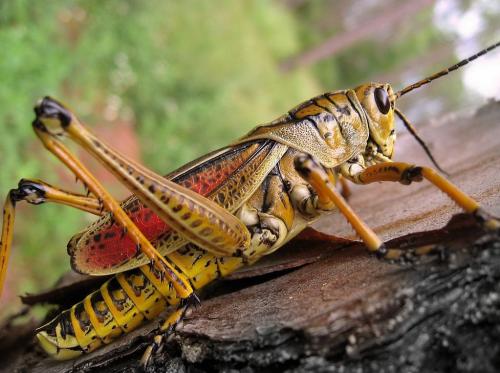
- Online pavilions:
- Veterinary medicines
- Veterinary raw materials
- Other
- Asia
- America
- medical instruments

News briefing: Parts of Africa are currently facing the worst locust swarms in more than a generation, with swarms the size of cities sweeping across countries including Kenya, Ethiopia and Somalia. The largest swarm recorded so far has been 37 miles long and 25 miles w
Parts of Africa are currently facing the worst locust swarms in more than a generation, with swarms the size of cities sweeping across countries including Kenya, Ethiopia and Somalia. The largest swarm recorded so far has been 37 miles long and 25 miles wide.
Earlier this week, the United Nations issued a statement saying it is the most severe infestation Kenya has seen in 70 years.
Desert locusts are one of the oldest and most destructive pests on the planet, traveling up to 93 miles and eating the equivalent of their own weight in fresh food every day.
These insects can form incredibly dense swarms, each containing between 40 to 80 million individual locusts per square kilometer, or 0.4 square miles. A 40 million insect swarm can consume the same amount as 35,000 people, consuming almost all the green vegetation they pass.
"Being at the center of the locust swarms is like watching a gang of bad people slashing your crops and any vegetation. Swarms of locust decimate every green vegetation, including crops and trees," Omude Emoru, Emergency Preparedness Coordinator with the International Rescue Committee, told Newsweek. "This leaves smallholder agricultural farmers and livestock keepers devastated."
Experts predict the swarms will get worse in upcoming months and could reach sizes 400 times as large as they are right now. They are also anticipating severe food shortages and dramatic impacts related to food security, with new generations of swarms set to coincide with planting season in March and the harvesting season in summer.